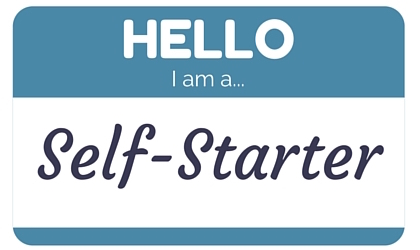Let me tell you a story about freelancing and finances…
Last week I returned home from my holiday to find that one of my long-term contracts was being terminated without notice.
Usually, when setting up a new agreement, I specify one month notice from either party. However in this case I had signed the client’s standard contract. I hadn’t anticipated that it’d be terminated early – but when you are a contractor there’s always risk involved.
Fortunately, I’d already been offered a few pieces of work to get me through the end of the year, but I was also prepared in other ways.
Although it’s never fun to lose work, it’s important to plan for the best and be prepared for the worst. With that in mind, here’s my brief guide to freelance finance.
How to be financially prepared
1. Forecast your income
My contracts can run for anything from one week to a year, so I track my clients and number of contracted days as I go.
On my wall I have a calendar for the year. Under each month I list my client names alongside the number of days or fee for that month. At a glance I can see how many days are spoken for and how much I’m due to earn.
I also keep a spreadsheet with invoices due, sent, and paid where I can track my income, all of which keeps me right when it’s time to file taxes, too.
2. Know your essential costs and income
My basics are rent, bills, travel allowance and food. You may have others, like childcare or a car or a mortgage.
These basic costs amount to an average of £1000 per month. To account for tax and savings (see next point), I need to bring in at least £1400 per month to cover it. (I also work on the assumption that I can and aim to make a little more than that to cover things like clothing, cleaning supplies and maybe even some social engagements.)
Here’s a simple formula: work out your essential costs, divide by your day rate and you’ll have the minimum number of days’ work you need to live. Voilà!
3. Set money aside
I have a rule for getting paid: don’t even look at what’s come in before detracting the basics.
For me the basics are:
- 20% for business savings (these cover taxes and National Insurance);
- 10% for expenses (this will depend on your overhead);
- 10-20% for personal savings (depending on how much is coming in).
After those are spoken for, anything over and above your basic costs can go towards the finer things in life.
4. Limit stress: have a float
Most sources suggest saving enough to cover your basic expenses for at least 3 months before going freelance.
I have a couple of personal savings accounts: one for fun stuff like holidays and treats, and another as a nest egg / rainy day fund which acts as my float. Having a float is vital for any unexpected expenses: loss of business, illness, a broken computer – you name it.
Let’s be real. When you freelance, you probably won’t have a reliable income. Payments will be late, contracts will break, or other life hazards might get in the way. Unless your business covers sick pay and leave, you’re probably not going to be earning while you’re sick or taking a break. Have a float, save, and plan for those instances and cover yourself for those things large and small.
Knowing you have a float can make setbacks (like the one I’ve just experienced) so much easier to deal with. It can still be a blow to the ego, but I know that financially, I’m fine and I have time to find a new opportunity.
5. Don’t kid yourself
Now a general point: have a good relationship with your money.
The worst thing you can do is to be dishonest with yourself about your finances. Even if you think you aren’t “good with money,” you need it to live. You must be good with money to freelance successfully.
6. Avoid the time = money trap
Time is money. It’s a cliché for a reason. When freelancing, time often does have a direct correlation with money – but please don’t let it control you. I see a lot of freelancers give up opportunities to work on their business, or just to relax, because they are too busy working in their business.
Know how much you want to make, how much time and effort it takes to make it, and how far you can reasonably stretch it. Save for rainy days and factor in holidays, research days, professional events and any other time-costs you encounter. You’ll be saner for it.
Your Turn
Did I miss anything? What are your best tips for dealing with freelance finances?
Do feel free to share them in a comment below, tweet me, or shoot me an email and we’ll chat.
I’m available!
As you may have guessed from the story above, I have some availability through 2016. Want to work with me? Get in touch!


